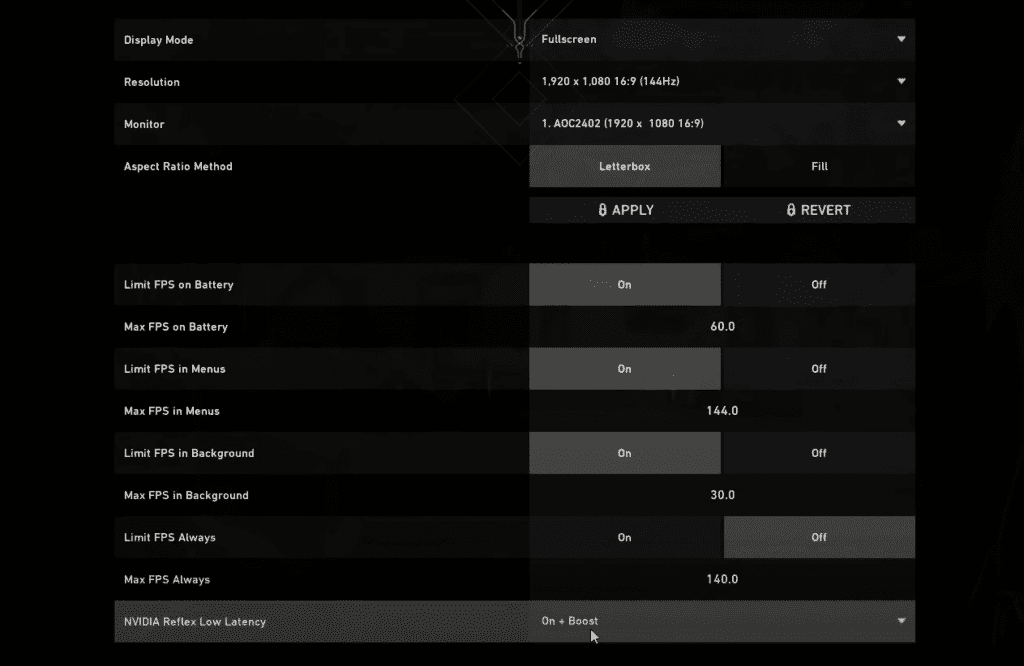The NVIDIA RTX 30-series cards are probably the most cost-effective GPUs a user can expect to purchase right now. Other than providing exceptional gaming performance at extremely low prices, the new set of graphic cards also rock some unique features aimed to improve visual clarity and help gamers to get a competitive advantage.
NVIDIA Reflex is one of the new features that comes with any of the RTX 30-series cards. Similar to NVIDIA Ultra Low Latency, Reflex minimises the latency faced by a player while playing online competitive games. Reduced latency means the player will get an extra edge in combat by being able to react and respond to movements faster than their enemies.
Today, we’ll show you how to turn on the NVIDIA Reflex for Riot’s new competitive shooter Valorant.
Considering you have NVIDIA Reflex in your GPU, once you launch Valorant you have to go to the settings menu. There, you can find an option called “NVIDIA Reflex Low Latency” which can be toggled by the user at will. For Valorant, players can either keep the option to “Enabled” or change it to “Enabled + Boost”.

Keeping Reflex to Enabled should be enough to minimise the in-game latency you face while playing. Choosing the latter option will additionally boost your game’s performance, prompting a warning that the GPU clock would be kept high.
Regardless of which setting you choose, you should notice a significant change in your gameplay experience the next time you join a match. The low latency will help you land your shots better while the boost is likely to improve your FPS count by a margin.
Thumbnail Photo via YETI.


